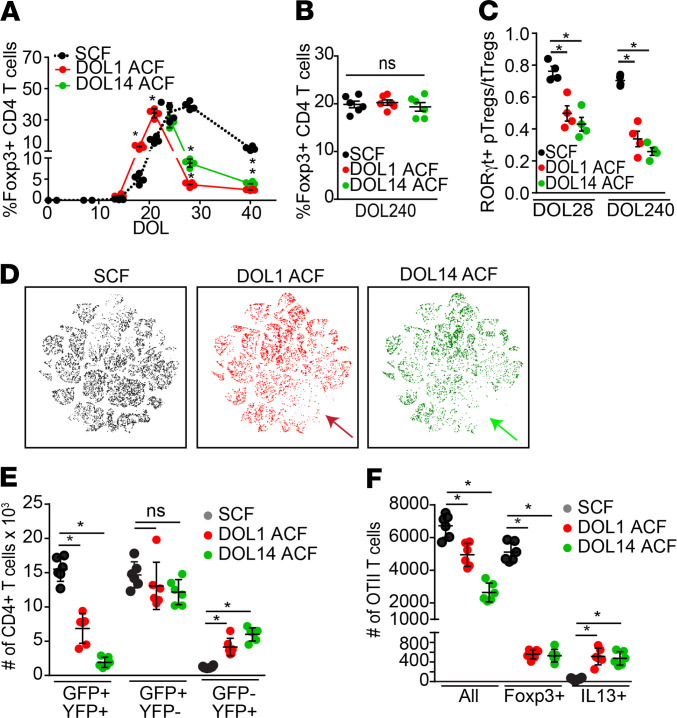Figure 4. Desynchronizing pups and dams impairs the development of a long-lived population of colonic Tregs that can be specific for dietary antigen.
(A) Population of colonic LP Tregs in cross-fostered mice by DOL. (B) Total Treg population in cross-fostered mice on DOL240. (C) Ratio of RORγt+ pTregs (Helios–) to tTregs (Helios+) in the colonic LP of cross-fostered mice at DOL28 or DOL240. (D) viSNE plots of colonic LP T cells isolated from cross-fostered mice on DOL80 stained for transcription factors as in Supplemental Figure 6; arrows denote missing population following ACF. (E) Number of colon LP CD4+ T cells expressing YFP and or GFP in DOL56 cross-fostered Foxp3GFPERT2CreROSAlslYFP mice following inducible expression on DOL24. (F) Absolute number of Ova-specific OTII T cells in the colon LP of cross-fostered mice receiving OTII T cells on DOL16, given Ova in drinking water, and evaluated 1 week later. Data are presented as the mean ± SEM, *P < 0.05; each dot represents analysis of 1 mouse. n = at least 4 mice per group; offspring from 3 litters per condition and/or time point were used in A–F. D is representative of 3 independent pooling analysis with 2 mice per group. Significance calculated using 2-way ANOVA with a Dunnett’s post hoc test in A and 1-way ANOVA with a Dunnett’s post hoc test in B, C, E, and F.

